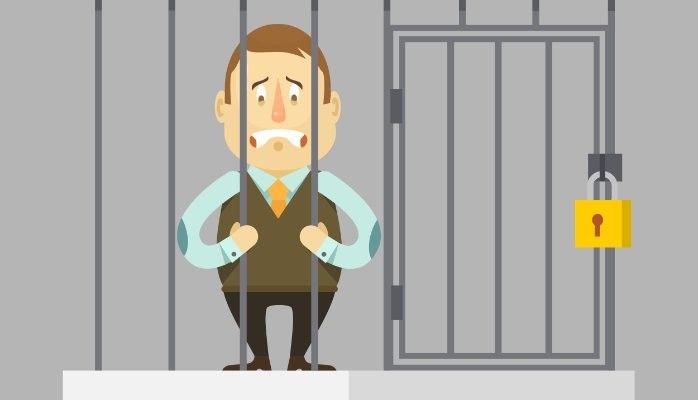Prisoner’s Dilemma in A Bank Run and Spiral Inflation

In John Cassidy’s How Markets Fail, he describes the prisoner’s dilemma as rational irrationality. The author elaborates that “the application of rational self-interest in the marketplace leads to an inferior and socially irrational outcome.” Classical economic theory assumes that people are rational and invariably make choices that optimize self-interest. In reality, there are numerous scenarios where interests of different parties’ conflict because people are separate individuals with different needs and wants. When individuals rationalize their choices, it sometimes results in inferior outcomes for the collective. Prisoner’s dilemma captures this phenomenon.
Prisoner’s dilemma depicts a situation where two suspects are being interrogated separately for a joint crime. If they both confess, punishment will be less severe and they achieve a collectively optimized outcome. However, the twist is that if one confesses another denies, the one who denies will be cleared and the one confesses will receive a heavy sentence; if both of them deny charges and police find strong evidence to convict them, good job, police! Now both suspects will be behind bars. In theory, if the suspects are rational, they would both confess because they will be better off. But the dilemma is that denying is the dominate strategy of the counterpart because it permits strictly greater payoff, it leads to an inferior result that both suspects end up denying, which leads to an irrational outcome. The prisoner’s dilemma reminds me of a couple of recent events, spiral inflation and bank run.
Assume there are two groups of consumers during a high inflation period, say, panic buyers and calm shoppers. Their buying behaviors leads to different payoffs as the following matrix:
| Panic Buyers | |||
|---|---|---|---|
| as usual | panic buy | ||
| Calm Shoppers | as usual | 2, 2 | 0, 3 |
| panic buy | 3, 0 | 1, 1 | |
The most desirable outcome would be the top left choice (2, 2) when both types of consumer groups carry out their shopping activities as usual. However, in a time of high inflation, panic buyers may think if they do not pile up goods today, they may likely to pay more for the same goods tomorrow. If they hoard more products for today’s price, they receive a higher utility of 3. Knowing the response of panic buyers, calm shoppers rationally respond with the same buying behavior to receive relatively higher utility as opposed to zero utility if they if they continue to shop as usual. In this case, the end result is a socially irrational outcome.
When inflation is high, panic buying will exhaust supply and leads to even higher prices, in another term, spiral inflation. Different types of consumer groups are interconnected in a marketplace. Although calm shoppers would prefer to shop as usual, with the fear of being worse off, panic buying behavior becomes the dominant strategy for both consumer groups and collectively, it results in an inferior outcome.
Bank run is another classical example of prisoner’s dilemma. Banks offer services to keep depositors’ cash and make loans to borrowers. It is generally a safe way of keeping cash. However, during a banking crisis, depositors withdraw their money en masse in a belief that the banks may fail which causes the collapse of the banking system. Whereas if everyone stays calm and the banks may still be okay even during a banking crisis.
Although the examples of spiral inflation and bank run may be a simplification, people are separate individuals with different aims, when rationalizing each of our choices all together may results in a less desired outcome for the society as a whole.